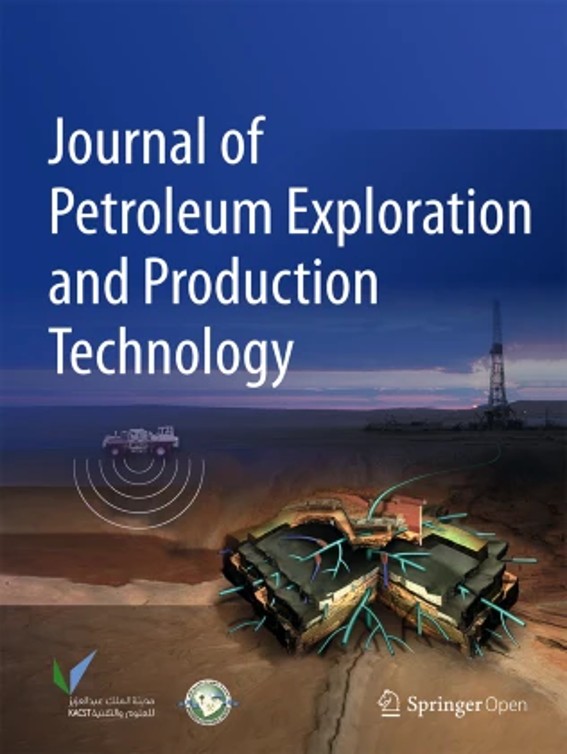
The saturation exponent is one of the most important parameters needed to calculate water saturation in Archie’s equation. Generally, the saturation exponent is considered constant, but not all depth intervals have the same characteristics. This study aims to investigate the relationship between rock quality and the saturation exponent, a critical parameter in Archie’s equation for water saturation calculation. Given that rock texture and pore characteristics vary significantly with depth, assuming a constant saturation exponent can lead to inaccurate results. The study integrates core analysis and petrographic data to classify rock quality and its relationship with the saturation exponent. Rt and Ro data from core analysis are used to determine saturation exponent. Furthermore, rock quality is identified using the hydraulic flow unit concept by constructing log-log plots of reservoir quality index and pore volume to grain volume ratio. Several pore attribute parameters, such as the combination of shape factor and tortuosity (Kozeny’s constant), specific surface area, reservoir quality index, and clay volume, are examined for their influence on the saturation exponent. The saturation exponent shows strong correlation with Kozeny’s constant and clay volume. An empirical equation was developed to estimate the saturation exponent based on these parameters. Using this empirical equation, the saturation exponent can be estimated across depth intervals, leading to more accurate water saturation calculations. This study offers a practical method to estimate saturation exponent variation using readily available log-derived parameters. It contributes to more reliable determination of saturation exponent variation and enhances the accuracy of water saturation calculations in heterogeneous formations.

Oleh :
Suryo Prakoso